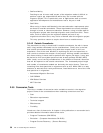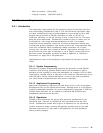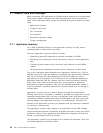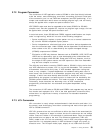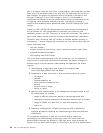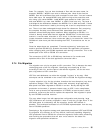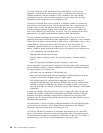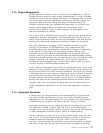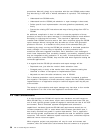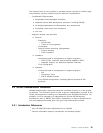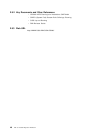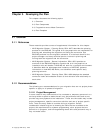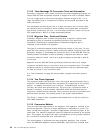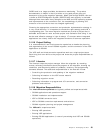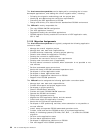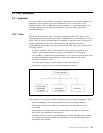
procedures. Most will simply try to reproduce with the new OS/390 product what
they were doing in VSE with or without assistance of a product. The challenge is
to:
•
Understand how OS/390 works,
•
Understand how the OS/390 job scheduler or report manager is best used,
•
Define specific local implementation rules and guidelines (standards), and
finally
•
Convert the existing VSE instructions and ways of doing things from VSE to
OS/390.
An additional complication is that it is difficult to test the population of those
products (at least for the report manager) in simulated production mode without
disrupting or confusing the end-users. Test versions of application reports
created under OS/390 cannot be sent to their future recipients using the OS/390
report manager without risking that they be taken as current VSE generated
production versions. It is feasible to verify most of the automated daily job
scheduling by simply running the OS/390 job scheduler in simulated production
mode, although it is never easy to reproduce all actual production size
executions and event triggered executions. But it becomes a real challenge to
mimic lower frequencies such as weekly, biweekly, and monthly, especially when
they are integrated to daily production. In any case, if those products are to be
used in production under OS/390, they must be used when regression testing the
converted applications.
It is atypical that the OS/390 job scheduler and report manager will be:
•
Populated once, just after the vendor′s basic education class
•
Changed partly or totally a few months later, after regression testing has
identified a number of conceptual or implementation flaws
•
Adjusted one more time after switchover, once in OS/390.
This is because production control personnel are often ill prepared to perform
this migration. Participation of hired consultants, experts with the OS/390 product
implementation or an application analyst or technical support staff may be part
of the solution.
The setup of a job scheduler and report manager may last three to four months
and represent 10 to 15% of the total application conversion effort.
2.8 Cost Considerations
It is often thought that OS/390 will require more hardware and staff resources.
While OS/390 may, in some cases, require more overhead and hence CPU, per
unit of work, typically greater system throughput is achieved over that of the VSE
environment. Due to enhanced systems management and automation
capabilities it has been found that OS/390 staff requirements actually do not
increase compared to VSE. In cases where staff increases have been seen, it
has usually resulted from growth in system requirements. That is, application
and end-user growth requirements has spawned the need for additional system
resources. This need for additional system resources, then, sometimes requires
additional human resource support.
While migration project cost projections will vary for each environment and
customer, there are some basic cost elements that are common to all projects.
38 VSE to OS/390 Migration Workbook



